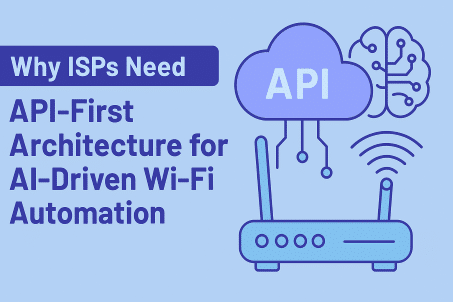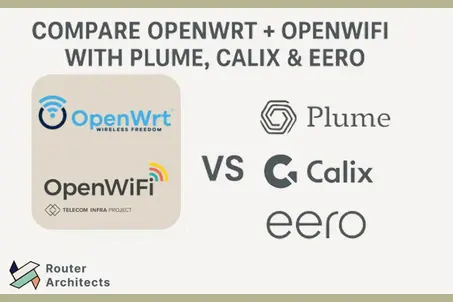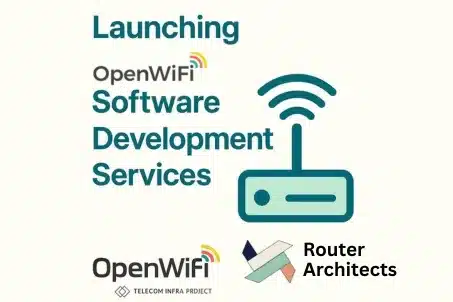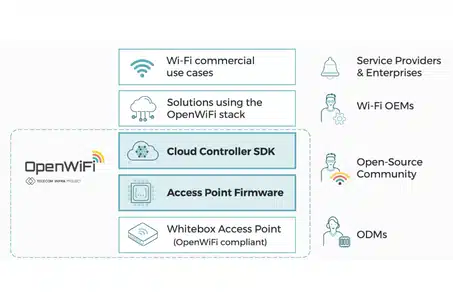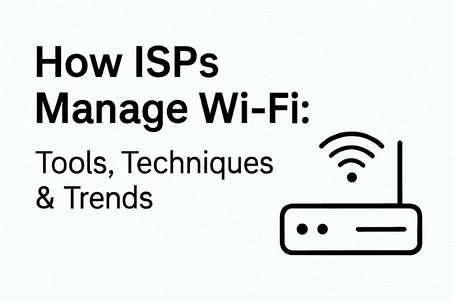As Wi-Fi environments grow increasingly dense—especially in multi-dwelling units (MDUs) like apartment complexes or office buildings—the challenge of minimizing interference while maximizing performance has become more complex than ever. Traditional static or heuristic-based channel assignment strategies are no longer sufficient. Enter Reinforcement Learning (RL)—a powerful machine learning technique that can dynamically and intelligently plan channel assignments across multiple access points (APs) in real time.
Understanding the Channel Planning Problem in MDUs
In MDUs, dozens (if not hundreds) of APs can be packed into tight physical spaces, leading to overlapping channel usage, co-channel interference, and degraded network performance. Factors that make channel planning challenging include:
-
Dynamic Environment: Devices and interference sources are constantly changing.
-
Inter-AP Interference: Poor channel distribution results in cross-talk.
-
Client Mobility: Users move around, altering the RF landscape.
-
Legacy Devices: Older devices may not support the full channel set.
Manual or rule-based planning quickly becomes outdated and inefficient. That’s where Reinforcement Learning steps in.
What Is Reinforcement Learning?
Reinforcement Learning (RL) is a subset of machine learning where an agent learns to make decisions by interacting with an environment to maximize a reward function. In the context of Wi-Fi:
-
Agent: The channel planner AI.
-
Environment: The real-time RF conditions in the MDU.
-
Action: Assigning channels to AP radios.
-
Reward: Improvement in metrics like throughput, interference levels, or user experience (e.g., RSSI, latency).
The agent learns over time which channel configurations yield optimal performance under various conditions.
RL-Based Channel Planning Architecture
Here’s how you can implement an RL-based channel planner using the architecture and expertise you’ve developed at Router Architects:
1. AP and RF Environment Monitoring
Use your existing cloud-based Wi-Fi management system to gather real-time RF stats from APs:
-
Channel utilization
-
Signal-to-noise ratio (SNR)
-
Connected client load
-
Interference sources
-
Neighboring APs’ beacon frames
This data serves as the state input to the RL agent.
2. RL Agent Design
Implement an agent that:
-
Uses Deep Q-Learning or Proximal Policy Optimization (PPO)
-
Predicts the best channel for each AP based on current environment
-
Explores new strategies using ε-greedy or similar policies
-
Learns reward functions based on actual post-action performance (throughput, client experience, etc.)
3. Multi-Agent or Centralized Coordination
In dense MDUs, a single agent might struggle to scale. Instead:
-
Multi-agent RL (MARL): Each AP has a local agent with communication among neighbors.
-
Centralized approach: A cloud-based RL coordinator uses global stats to optimize across all APs.
Given your cloud platform’s capability to provision and manage multiple APs, this is a natural fit.
4. Dynamic Re-Optimization
Unlike static planners, the RL agent:
-
Re-optimizes in real-time when interference spikes or usage patterns change
-
Can auto-roll back if a channel switch degrades performance
-
Learns over time to adapt to weekday/weekend or daytime/nighttime usage patterns
5. Post-Deployment Monitoring and Feedback Loop
Your system can monitor key metrics post-deployment:
-
Throughput per AP
-
Latency per client
-
Channel stability
-
Number of client disconnects
These metrics feed back into the RL model for continuous improvement.
Why RL is a Game-Changer for ISPs in MDUs
For ISPs deploying managed Wi-Fi solutions in apartment complexes, RL-based channel planning offers:
-
Reduced Customer Complaints: Fewer dead zones and faster speeds
-
Lower Operational Cost: Less manual tuning or support calls
-
Improved QoS: Dynamic adjustment during peak loads or interference spikes
-
Vendor-Neutral Deployment: Can be integrated into open-source platforms like OpenWrt or OpenSync, which aligns with your business strategy
How Router Architects Can Help
At Router Architects, we’ve developed AI agents that already:
-
Analyze Wi-Fi environments
-
Predict best channels
-
Dynamically reconfigure APs
-
Monitor post-switch performance
Coupled with our cloud management suite that integrates seamlessly with OpenWrt and OpenWiFi agents, we offer a fully open-source, low-cost alternative to proprietary solutions like Plume. This gives ISPs control, flexibility, and significant cost savings.
Final Thoughts
Reinforcement Learning isn’t just a theoretical concept—it’s a practical, impactful solution for solving real-world Wi-Fi challenges in MDUs. By leveraging RL, ISPs and network managers can unlock better user experiences, higher performance, and reduced support costs.
Looking to implement RL-based Wi-Fi optimization in your MDU deployments? Contact us at Router Architects to learn how we can help.

